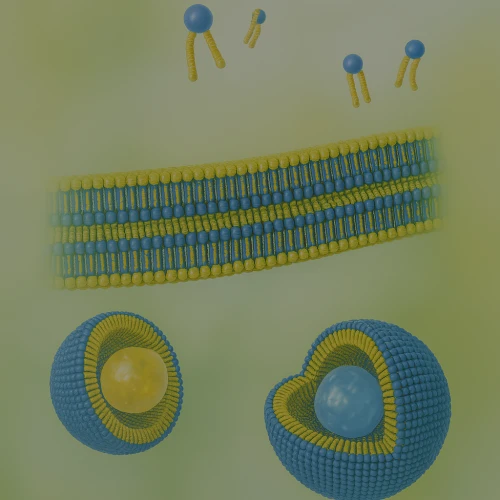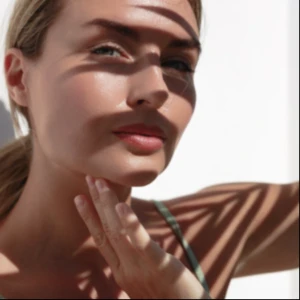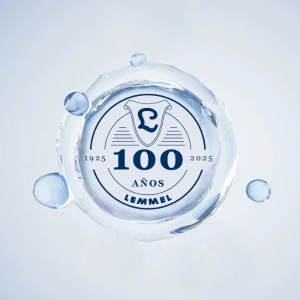The cosmetic industry is experiencing an exciting transformation, where science, sustainability, and personalization are reshaping the way products are developed. At LEMMEL S.A., with over a century o...
Lecithins Phosphatidylcholines for cosmetics
Lecithins are phospholipids mainly derived from soy or sunflower. They form a bilayer system within cell membranes and have emulsifying properties. Lecithins act as emollients, moisturizers, and protectants, and are part of the antioxidant system (together with tocopherol and ascorbyl palmitate) in cosmetic products. They are commonly used in the formulation of liposomes and anti-aging treatments.
Phospholipids, sourced from soy and sunflower, also form bilayer structures, making them ideal for liposome preparation. They offer emollient, moisturizing, and anti-aging benefits, especially for mature, dry, or rough skin.
Crude lecithin undergoes a purification process to obtain phosphatidylcholine. Among purified phospholipids, unsaturated phospholipids help improve skin regeneration by delivering essential fatty acids to deeper layers, while hydrogenated phospholipids mimic the lamellar structure of the extracellular matrix, forming a protective layer that prevents water loss.
Liposomes are vesicles made of phospholipid bilayers that encapsulate active ingredients. Due to their phospholipid structure, they have high skin affinity, allowing them to deliver actives to specific skin targets while protecting them from degradation. They enhance skin absorption and release actives where needed.
There are various types of liposomes, from basic (carrying water-soluble ingredients) to advanced ones capable of binding and releasing ingredients gradually (delayed action). They have numerous benefits: they help actives cross the stratum corneum, leave no residue, do not cause adverse reactions, support proper skin permeability, and help rebuild the stratum corneum. They hydrate, soften, and act as emollients for a velvety skin feel.
Phospholipids, sourced from soy and sunflower, also form bilayer structures, making them ideal for liposome preparation. They offer emollient, moisturizing, and anti-aging benefits, especially for mature, dry, or rough skin.
Crude lecithin undergoes a purification process to obtain phosphatidylcholine. Among purified phospholipids, unsaturated phospholipids help improve skin regeneration by delivering essential fatty acids to deeper layers, while hydrogenated phospholipids mimic the lamellar structure of the extracellular matrix, forming a protective layer that prevents water loss.
Liposomes are vesicles made of phospholipid bilayers that encapsulate active ingredients. Due to their phospholipid structure, they have high skin affinity, allowing them to deliver actives to specific skin targets while protecting them from degradation. They enhance skin absorption and release actives where needed.
There are various types of liposomes, from basic (carrying water-soluble ingredients) to advanced ones capable of binding and releasing ingredients gradually (delayed action). They have numerous benefits: they help actives cross the stratum corneum, leave no residue, do not cause adverse reactions, support proper skin permeability, and help rebuild the stratum corneum. They hydrate, soften, and act as emollients for a velvety skin feel.
BENEFITS
Excellent skin penetration
Powerful emulsifiers
Enhance delivery of cosmetic actives
Nourish and soften the skin
Offer silky skin feel
Protect and repair the skin
Skin rejuvenation
Powerful emulsifiers
Enhance delivery of cosmetic actives
Nourish and soften the skin
Offer silky skin feel
Protect and repair the skin
Skin rejuvenation




